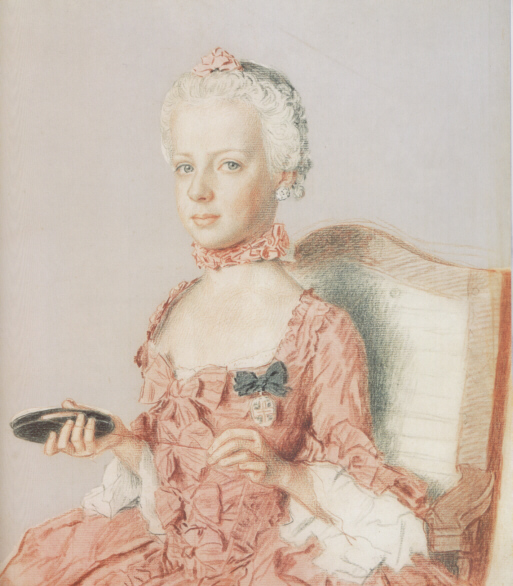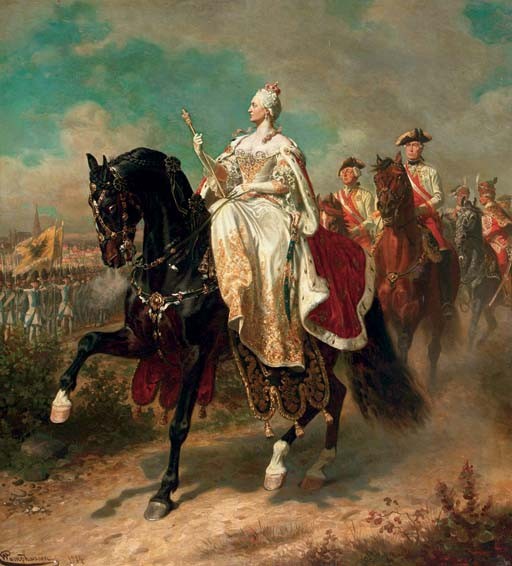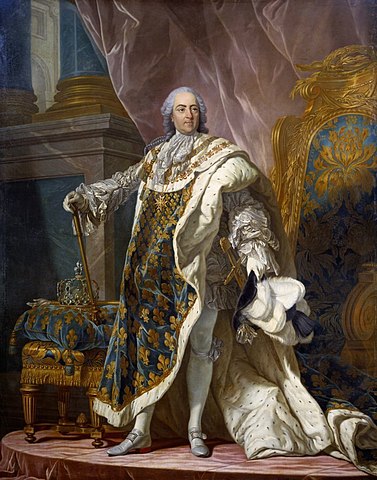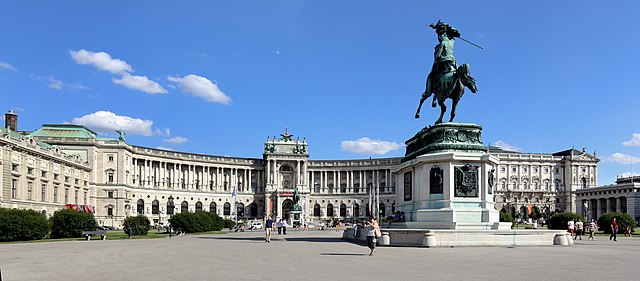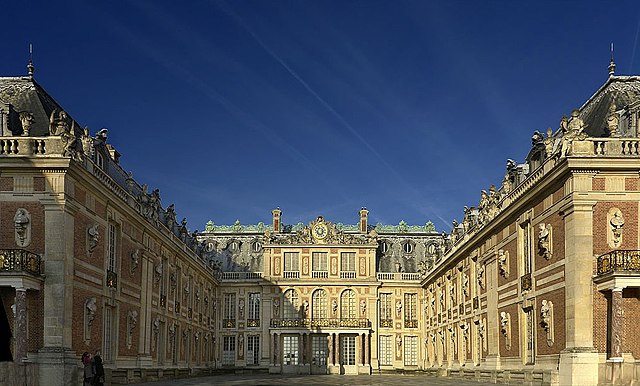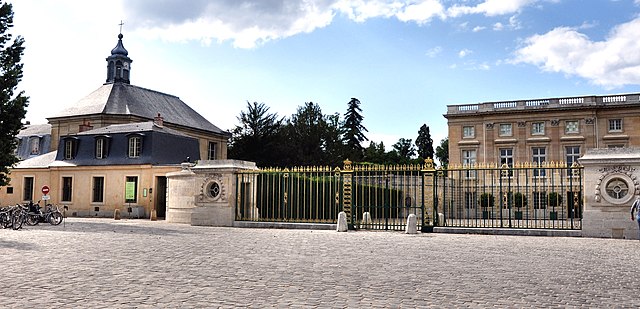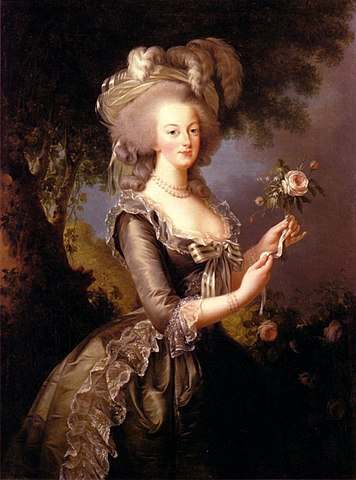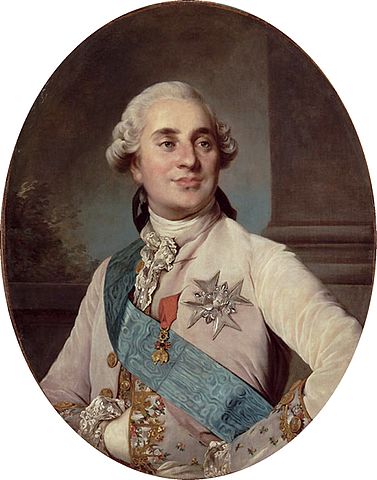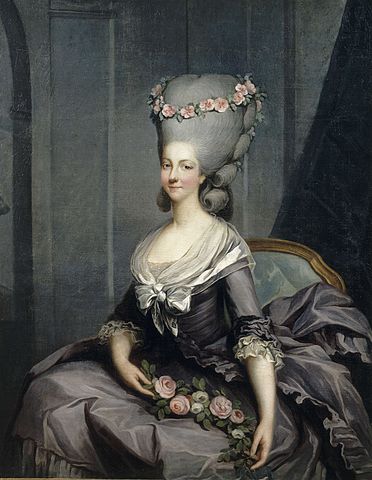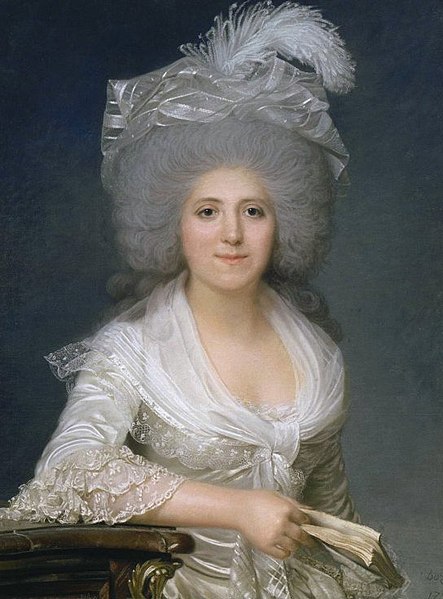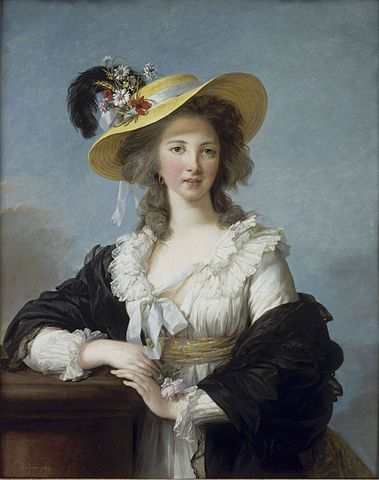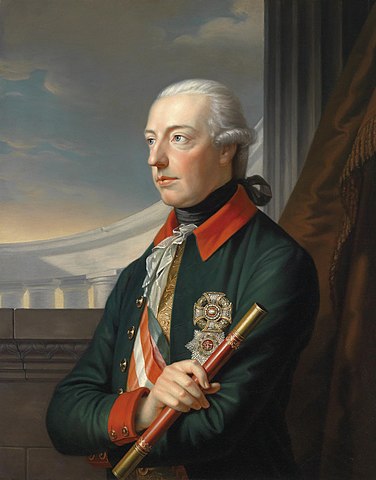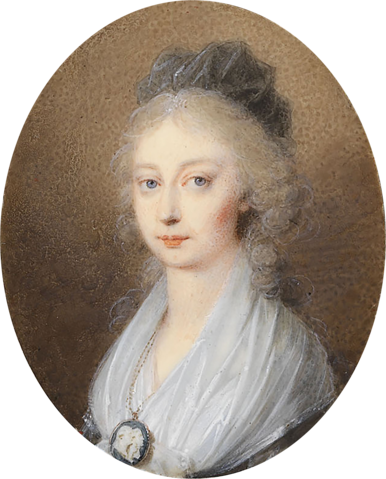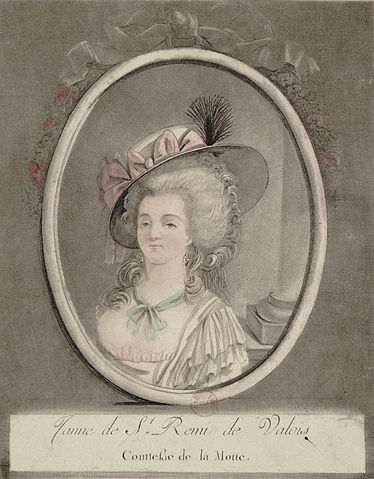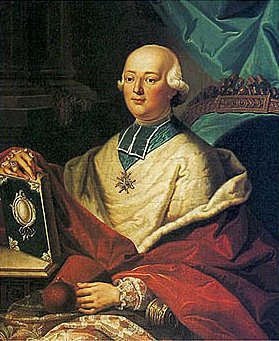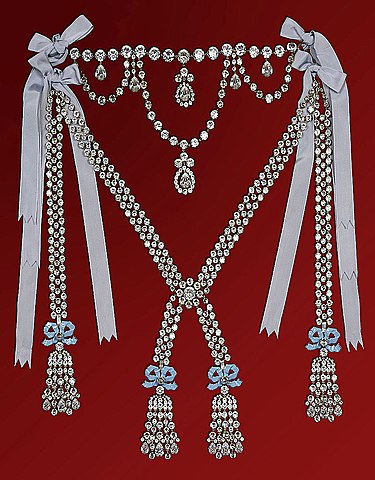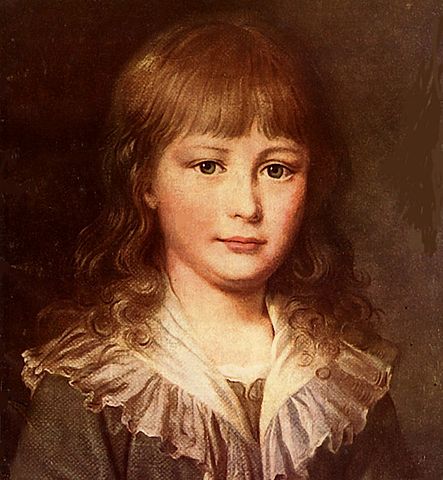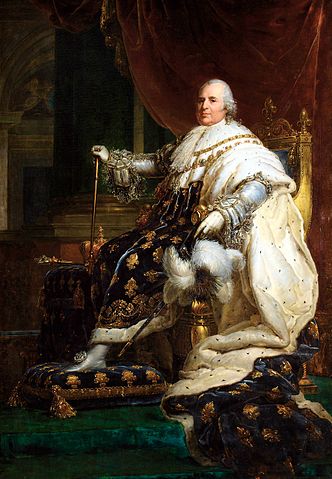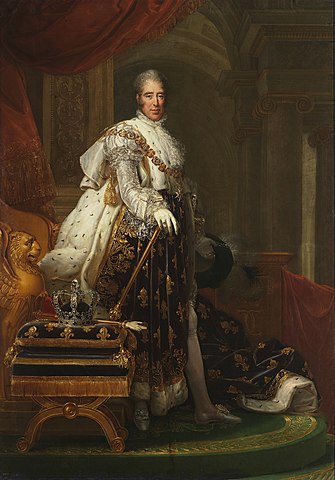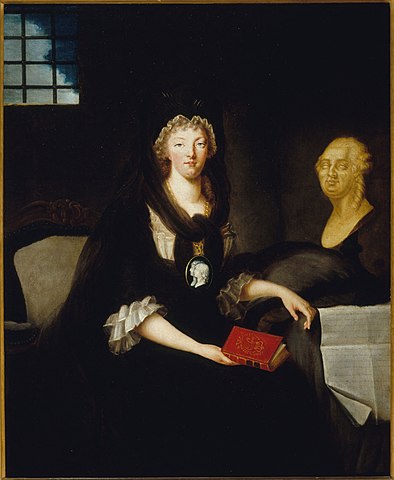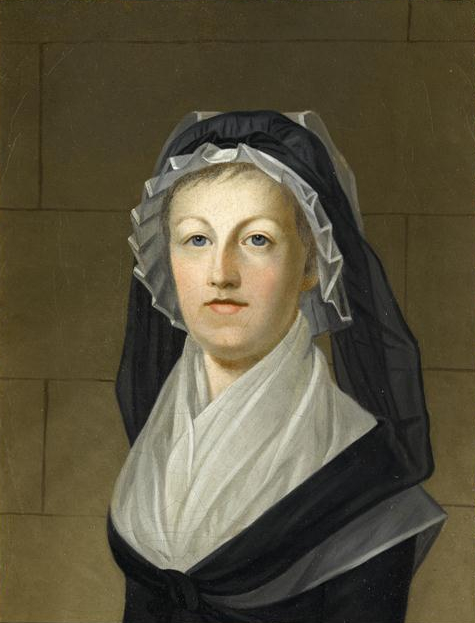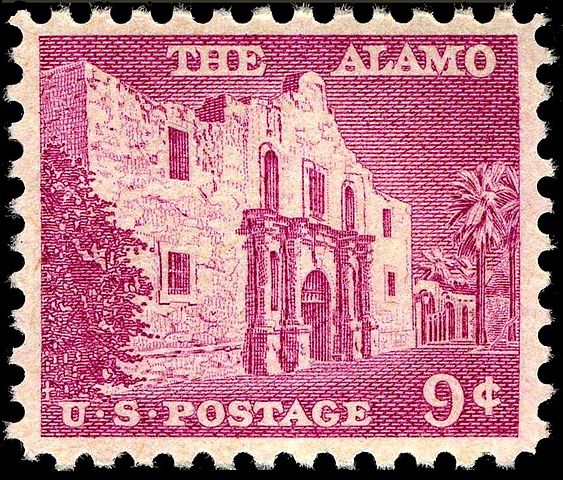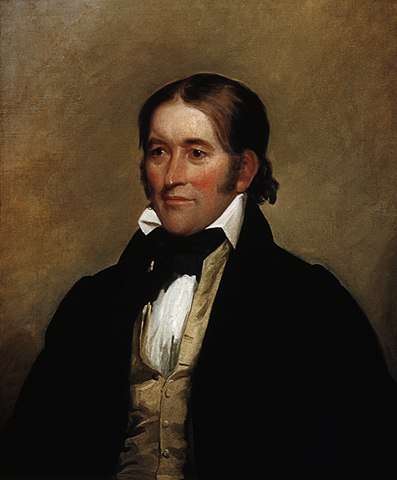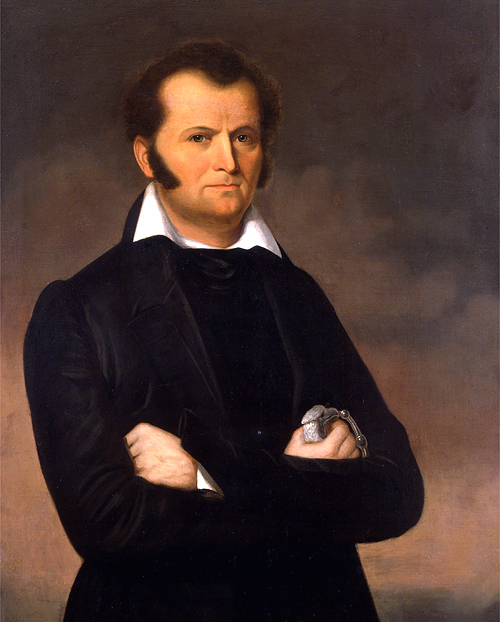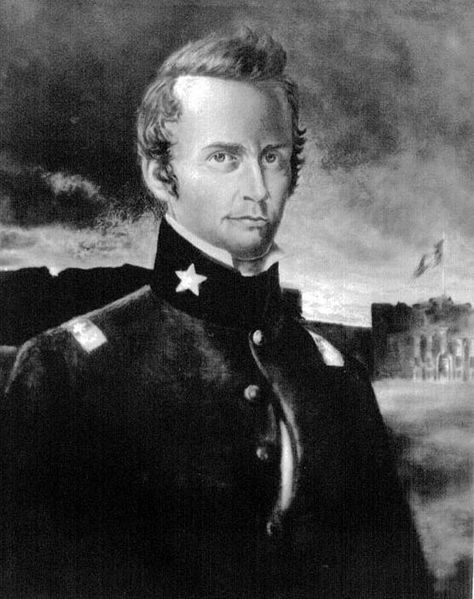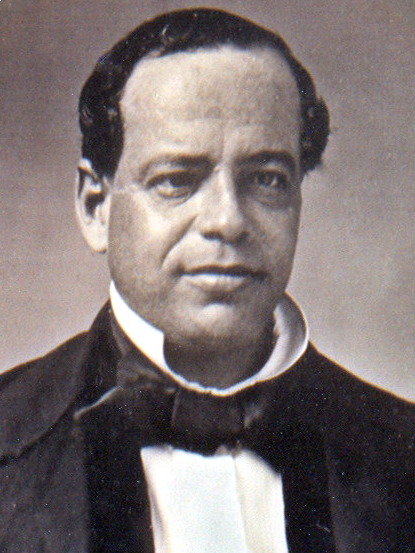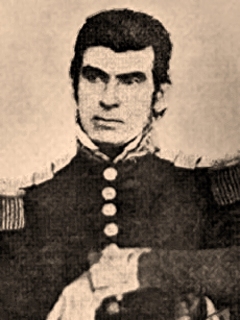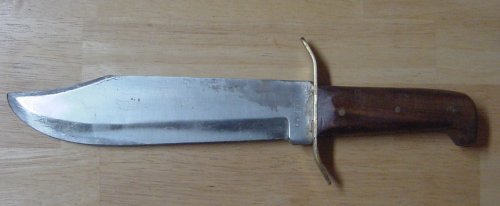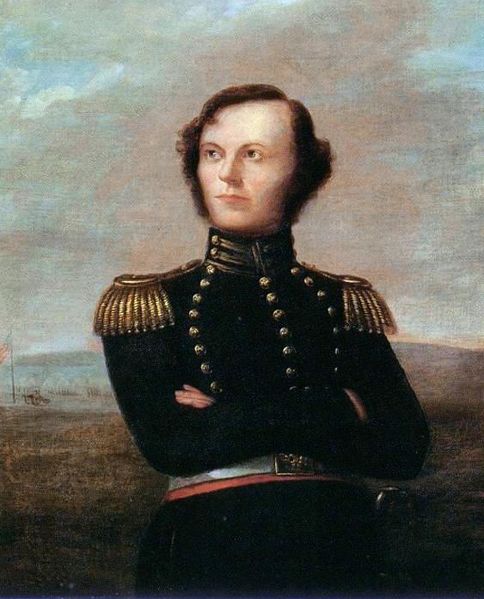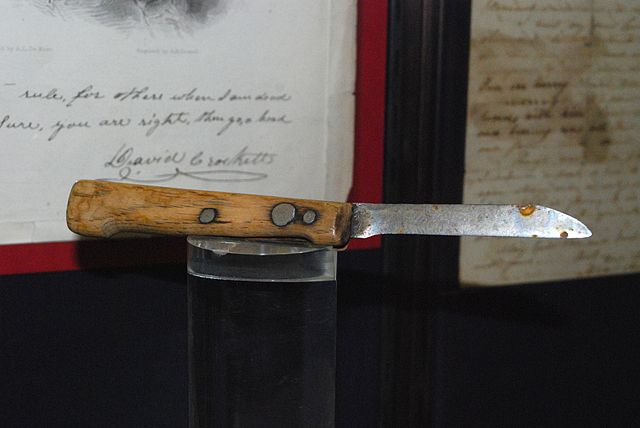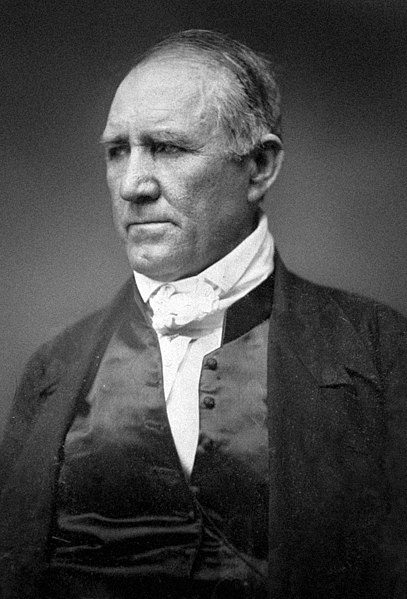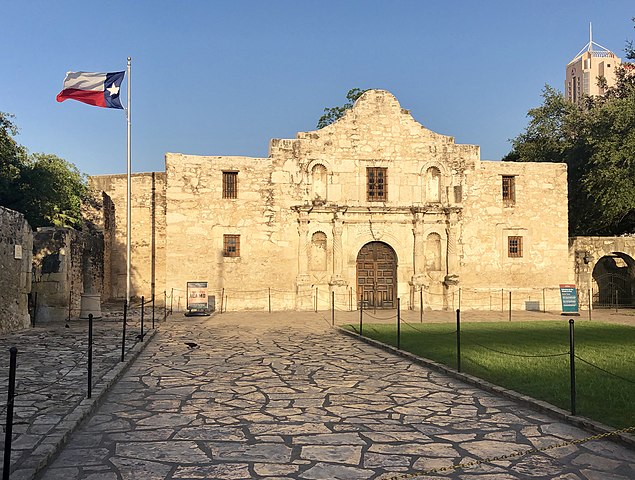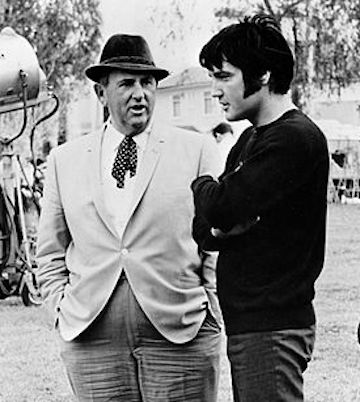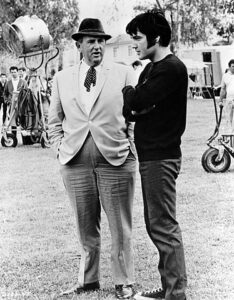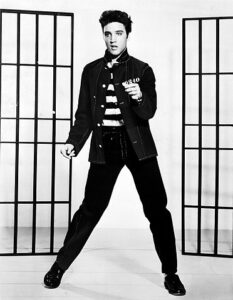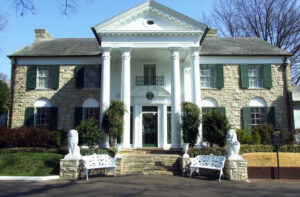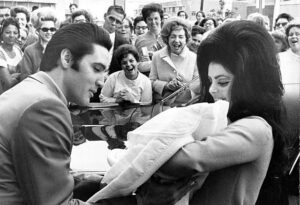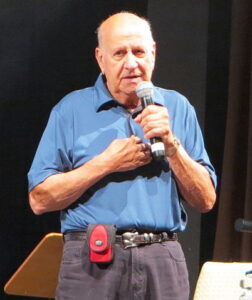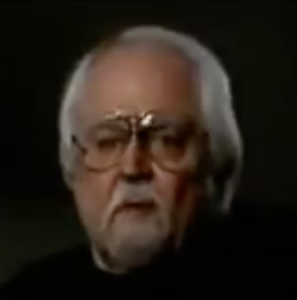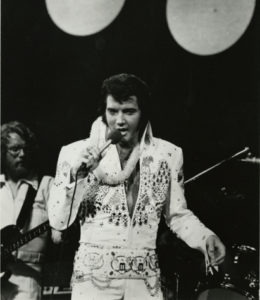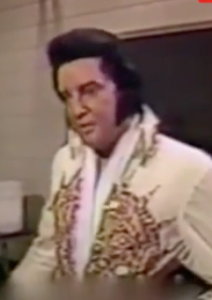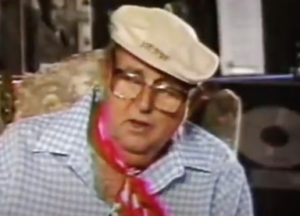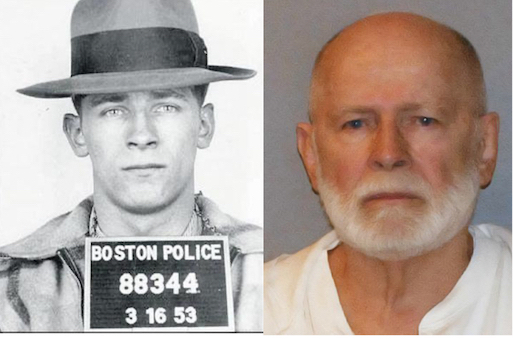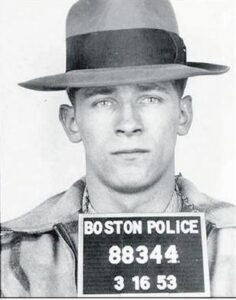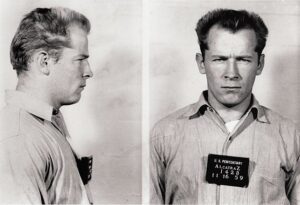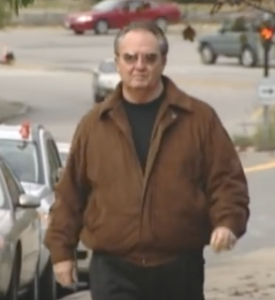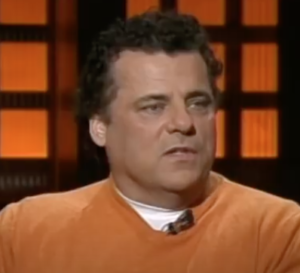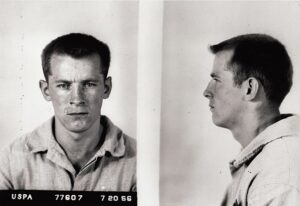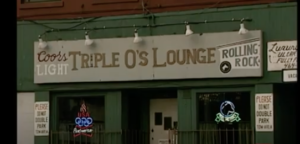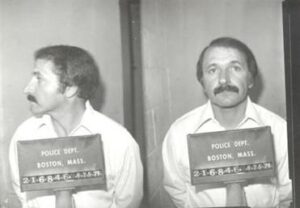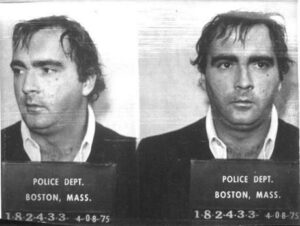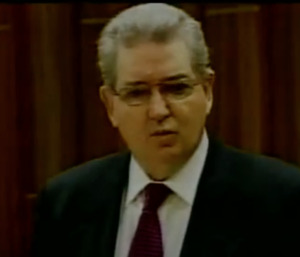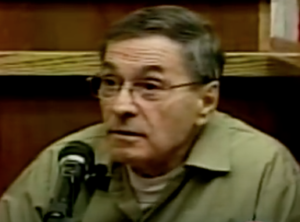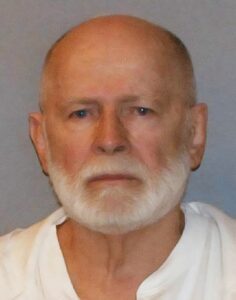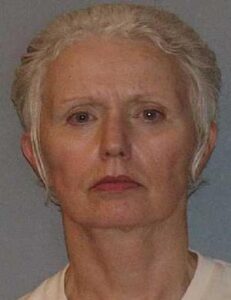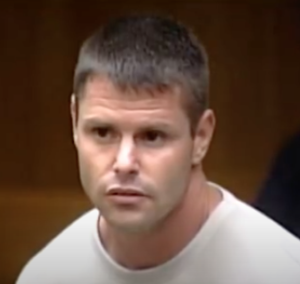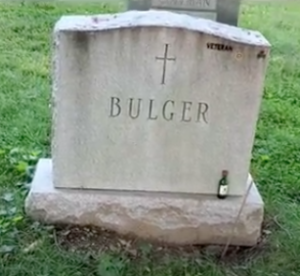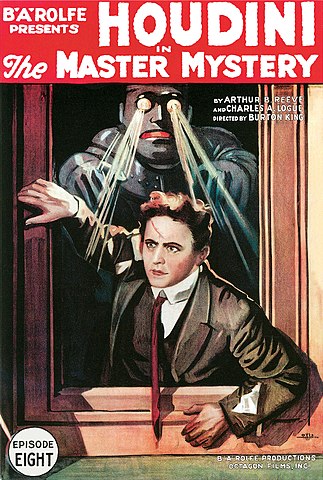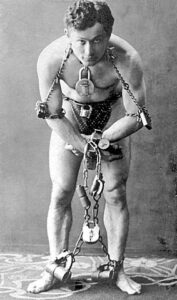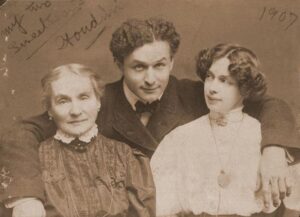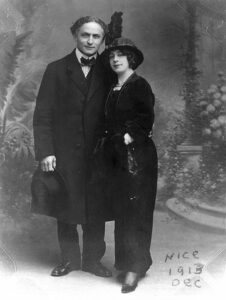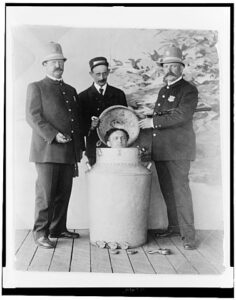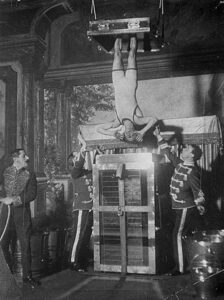In 1770, the French people greeted Austrian Marie Antoinette as the beautiful and future French queen. Twenty-three years later they guillotined her as the most reviled woman in France.
In Europe, with most political powers ruled by monarchies, the best method of insuring a stable alliance with another ruling dynasty was through marriage. Maria Theresa aggressively forged alliances with the French Bourbons dynasty through marriages of her daughters Maria Amalia and Maria Karolina to the rulers of the Italian duchies of Parma and Naples. But her most ambitious union was reserved for her youngest daughter, Maria Antonia.
Maria Theresa gave birth to sixteen children, unusually thirteen survived into at least early childhood, including the second youngest, Maria Antonia. As the house of Hapsburg was decidedly Roman Catholic all ten of the Empress’ daughters had the first name of Maria, an acknowledgement of the Virgin Mary. Maria Theresa was a workaholic who spent most of her days focused on the affairs of state, but she closely supervised the tutors and nannies who were responsible for her children’s upbringing and education. Her strong work ethic and stubborn determination were fortunate personality traits. Only months after her ascension, many of the European monarchs who had formally agreed with her father to recognize her as his heir renounced this agreement, perhaps sensing weakness. Frederick the Great’s 1740 invasion of the Austrian province of Silesia set off an eight-year war that eventually involved all of the great powers of Europe. It was not until 1748 that diplomacy resolved this conflict, and firmly established Maria Theresa as de facto Holy Roman Empress and Archduchess of Austria, but Prussia and Frederick remained hostile and within eight years another war broke out. The Seven Years War strengthened Austria’s profile in Europe but the immense cost of this conflict convinced the Empress that diplomacy was a much more reasonable way to maintain political power and preserve her domain.
In Europe, with most political powers ruled by monarchies, the best method of insuring a stable alliance with another ruling dynasty was through marriage. Maria Theresa aggressively forged alliances with the French Bourbons dynasty through marriages of her daughters Maria Amalia and Maria Karolina to the rulers of the Italian duchies of Parma and Naples. But her most ambitious union was reserved for her youngest daughter, Maria Antonia. Approximately the same age as the heir to the French crown, the grandson of France’s King Louis XV seemed an obvious match and serious negotiations began between the two courts to make this wedding happen. A special tutor, the Abbe Jacques de Vermond was brought to Vienna’s Hofburg palace from France to improve the teenager’s language skills and overall social polish, underlining the serious nature of the discussion. A French dentist even surgically and painfully straightened her teeth. But this was only the beginning of a process demanded by Louis XV, that focused obsessively on the physical appearance of France’s potential queen. Louis’ womanizing exceeded that of even his royal contemporaries, the famous mistresses Madame Du Pompadour and Madame Du Barry among the dozens of women achieving notoriety during his fifty-nine-year reign.
In April of 1770, Maria Theresa packed off her daughter as well as the Abbe de Vermond, by then subtly cultivated as the Empress’ eventual eyes and ears once the marriage took place and Maria Antonia began a journey that proved emotionally overwhelming. This trip started on April 21, 1770, in the main courtyard of Vienna’s Hofburg, the sprawling palace of Austrian emperors and in this case the Empress, Maria Therese. The empress’ daughter was placed in a magnificent gilded carriage, saluted by a crowd of patrician well-wishers and Swiss Guard ceremonial rifle volleys, and then sent off while all of the church bells of the city pealed in a congratulatory farewell.
Although Marie’s Austrian royal family lived in the sprawling Hofburg complex and also constructed the impressive Schonbrunn Palace on the outskirts of Vienna, probably nothing prepared her for the grandiosity of the seat of the French monarchy. Built by Louis XIV as not only a statement of his national superiority and absolute power, the king also wished to contain all of the members of his court under one roof. Hundreds of apartments were provided for those members of French society who were prominent enough to merit such status. But Louis’ ostensible generosity concealed an underlying motive, that of keeping the nobility under his literal eye and stripping them of any political power or even ability to unite against his absolute rule. Thousands of inhabitants lived within the palace, which could hold as many as ten thousand residents but typically housed between two and four thousand occupants.
Louis XVI also attempted to remove any legacy of the former mistress, the Madame de Pompadour, by officially presenting his wife the Petit Trianon, a small chateau on the grounds of Versailles, formerly built and occupied by De Pompadour. Initially, the ascension of the new king and his beautiful wife was greeted by the public with happiness and the young couple was popular, the staggering deficits and disastrous foreign policy of Louis XV rendering him a bad memory. It was hoped that a new reign would also bring new attitudes and a new direction.
Marginalized politically, with her husband’s chief advisors hostile to Austria, Marie Antoinette immersed herself in a pastime meant to underline her status as the court’s most important female. She began the practice of weekly masked, costumed balls, centered around various themes, her costumes sparing no expense and distinguishing her from her guests with spectacular clothing. Her husband, perhaps guilty at his ongoing sexual disinterest allowed her to spend fantastic amounts on her wardrobe and the parties themselves which frequently lasted until dawn. These exercises were undertaken to at least publicly maintain the façade that Marie Antoinette enjoyed great influence with the king and she hoped over time to regain the same political prestige as that of Louis XV’s mistresses.
Mortality suddenly intervened in the spring of 1774 to permanently change the relatively vapid routine of the heir and his wife. On April 27, Louis XV went hunting with his entourage but suddenly felt too sick to even leave his carriage. By May 3 even he acknowledged that the red lesions on his body were indicative of smallpox. The king lasted another week, many accounts stating that in his final hours he uttered the phrase “Apres moi, le deluge,” After me, the deluge, a supposed acknowledgement that the financial excesses and utter governmental mismanagement of France could only result in catastrophe. Like many storied quotations, this one most likely never occurred but it should have and it was a fitting admonition for especially the now Louis the XVI and Marie Antoinette.
On the 19th of August, the Commune removed all eight non-royal members of the entourage. Most were eventually released unharmed, one, Marie, Princess de Lamballe, a close friend and confidante of Marie Antoinette, who had faithfully remained with the Queen during her recent ordeals was dragged before an impromptu September 3rd Commune tribunal at her new prison location. These tribunals, a violent response meant to liquidate any prisoners formerly associated with the monarchy, were convened as a result of the Austro-Prussian offensive that initially made great progress in its intent to overturn the Revolution. Asked to swear loyalty to the new government and to denounce the King and Queen, the Princess de Lamballe affirmed the former but refused the latter, stating that whether she died then or shortly thereafter was not worth her honor and dignity. Released into the courtyard she was beaten and stabbed to death by a mob assembled to execute those condemned by the tribunal with the words, Let them go,” the victim unaware that this was actually a death sentence. The Princess’ body was beheaded, disemboweled and her remains paraded through the city on pikes, this procession reaching the Temple with the intent to display this grisly artifact to the King and Queen. Although she did not see this display, Marie Antoinette fainted upon hearing about the fate of her former friend. This killing, and hundreds of others that occurred during this incident became known as the September Massacres.
Convinced that he was on the verge of a great political restoration and even deluded enough to believe that Marie Antoinette was physically attracted to him, De Rohan now reached out to the jewelers, who were also blinded by their zeal to unload the necklace. With, unbeknownst to him, forged letters in hand from the purported Marie Antoinette, requesting that the Cardinal act as her representative, a deal was negotiated whereby the necklace would be paid for in installments. Of course, the transaction was to occur amidst the utmost secrecy, a condition De La Motte could not emphasize enough. The necklace was secured by the Bishop, he then was instructed to turn it over to an individual described as a valet of the Queen, in fact Nicholas de la Motte, who hastily fled to London. By the time the alleged count arrived in England, the diamonds had been pried out of their settings, many damaged during the process, but still able to be fenced. Jean De La Motte briefly fended off both the Cardinal and the jewelers by forwarding token sums as “installments,” but by July of 1785, with Marie Antoinette having never worn the elaborate necklace publicly or reaching out to the Cardinal to acknowledge his noble deed and De La Motte no longer making any installments, both parties decided that it was time to act. A letter dictated by the Cardinal, and signed and sent by Boehmer was meant to subtly remind the Queen of both her new acquisition and financial obligation. But Marie Antoinette was so baffled by the July 12th letter that after discussing it with her first lady in waiting, Henriette Campan, she burnt it, thinking only that Boehmer was somehow trying to peddle her some more jewelry. Disturbed and now alarmed by any lack of response Boehmer waited until the 3rd of August before showing up at Henriette Campan’s residence. Campan was so shocked by first his insistent claim that the queen had made such a byzantine purchase and the details surrounding those involved, that she decided against informing the queen herself, advising that Boehmer should take the matter up with the Minister of the Royal Household.
In 1775, the Comte and Comtesse de Polignac, like many other members of the French nobility, visited Versailles to pay their respects to the new king and queen. Although aristocratic the couple had fallen on hard times and were deeply in debt. The Comtesse, Yolande Gabrielle de Polignac, was extremely pretty and immediately ingratiated herself with Marie Antoinette, who encouraged her to spend more time at court. The Polignac debt was quickly taken care of by the king and upon the birth of Marie’s first child, Gabrielle was named governess, a lucrative official position. The post also came with a palace apartment, in this case a luxurious spread of thirteen rooms. Her husband Jules de Polignac also received several paid court positions as well as the title of Duc de Polignac. Other family members received considerable pensions paid out for virtually no responsibility. Because Marie enjoyed her company, Louis XVI was enthusiastic about such expense, if only to placate his wife. When Gabrielle’s daughter married into another noble family, the king paid the dowry, equivalent to millions of dollars today. Marie Antoinette’s affection for her best friend was further underlined by the assignment of one of the cottages constructed in the faux village of the Petit Trianon to Madame de Polignac, in an area that was physically off limits to all but the most prominent members of the French court. Gabrielle’s new son-in-law was immediately named captain of the guards, her brother in law ambassador to Switzerland. The de Polignac’s became quite unpopular at court, they did their best to exploit their new positions, and isolated other courtiers from Marie, as no one could enter her inner circle without the Comtesse de Polignac’s approval. Their initial lowly status made their receipt of such largesse a point of deep resentment amidst the intensely status conscious world of Versailles. This animus prompted external gossip about such extravagance, the De Polignac’s hated by the public as much as Marie Antoinette herself. With no guarantee of their personal security, the entire extended family fled the country on July 15, one day after the storming of the Bastille.
But neither Marie or her husband would be respected as dutiful monarchs if the continued sexual reticence of the king prevented any progress in the process of producing an heir. When Louis XVI’s younger brother married and produced a son in 1775, this only increased the pressure on the sovereigns to behave accordingly. This issue became so serious especially for the Austrian court because they would lose any connection to the French throne if Marie Antoinette did not give birth, that it was decided that Maria Theresa’s son, Joseph II, Holy Roman Emperor and heir to the Austrian throne would visit his sister to attempt to get to the bottom as to what exactly was holding up the process. Although happy to see any relative, the Queen was also apprehensive as her elder brother frequently could be insensitive and critical and had already admonished her in numerous letters over the current situation. In April of 1777, travelling incognito as Count Falkenstein to avoid any embarrassing attention over his mission, the Emperor also resorted to a plain wardrobe and an absence of medals and decorations. To avoid the time wasting rituals of Versailles, he stayed in a nearby hotel, maximizing his interaction with both his sister and Louis XVI. He spent a great deal of time with his sister but also had some frank discussions with the king as to what exactly was required in this situation. Whatever difficulty or apathy that formerly plagued the king subsided and shortly after her brother’s visit, Marie Antoinette was able to report to her mother that more than seven years after his wedding day, Louis XVI successfully consummated his marriage.
Maria Therese was able to survive the excesses of the Revolution, eventually exchanged for various French dignitaries imprisoned throughout Europe. France would then undergo the Reign of Terror, the ascendance of Napoleon and the Napoleonic wars that resulted in a restoration of the Bourbon dynasty in 1814. Louis XVI’s brother, the Comte de Provence was crowned Louis XVIII after Napoleon’s exile to Elba. His reign interrupted by the one hundred days and Waterloo, he ruled until 1824, when he was succeeded by the Comte D’Artois, Louis XVI’s youngest brother as Charles X, a ruler so odious and reactionary that he prompted a second popular revolution, an event that caused his abdication. Officially, his son, known historically as Louis XIX, reigned for twenty minutes, while Marie Therese, the daughter of Marie Antoinette, now married to the prospective king of France, begged him not to abdicate. He refused, signing off on any claim to the throne, but in this final flickering twilight of the French monarchy, Marie Antoinette’s daughter reigned briefly as the last Queen of France.
Podcast: Play in new window | Download
Subscribe: RSS


